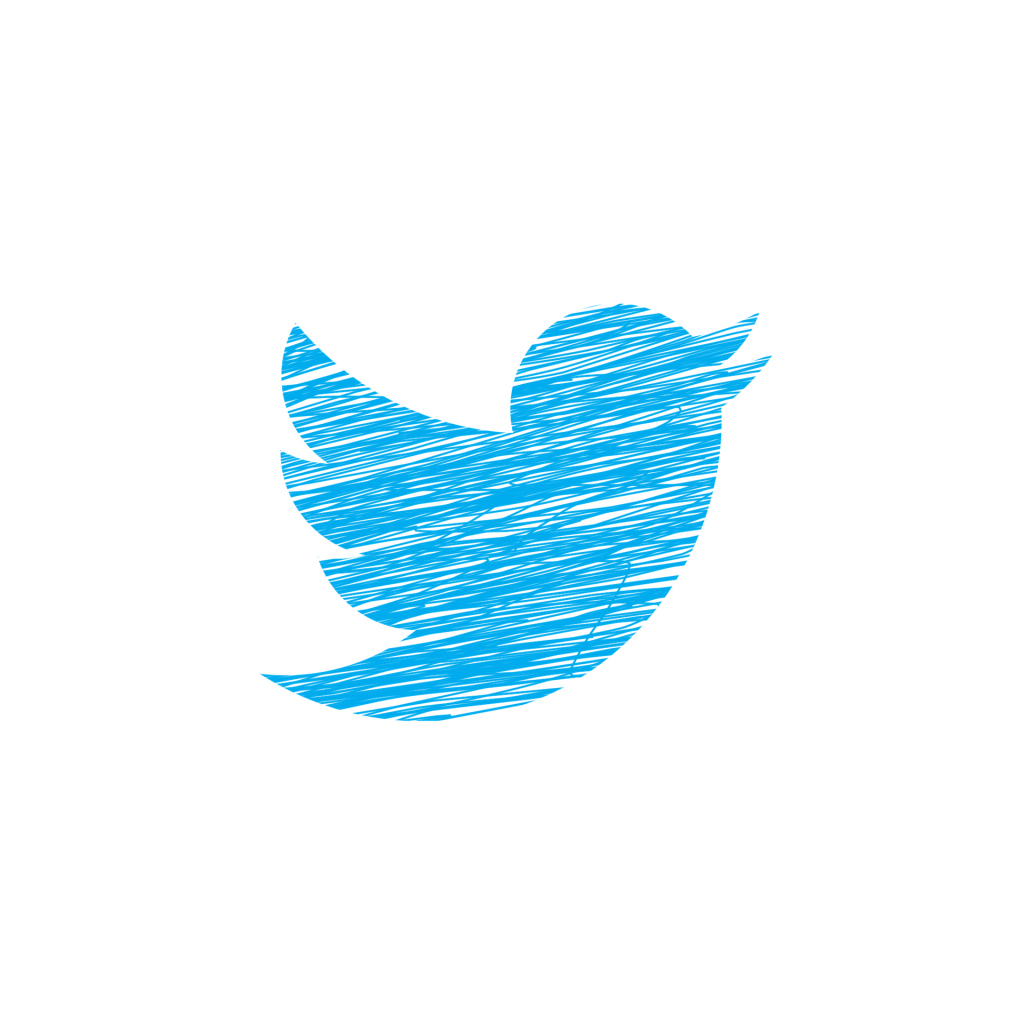Twitter is affecting the way television journalists report the news. This social media platform has effected this disruption in more than one way and is better than other such websites and apps.
Getting the Other Side
People with conflicting viewpoints need to be given an opportunity to defend their side. Providing such opportunities is one of the requirements of balanced, ethical reporting. But if one side decides not to give their point of view to the reporter, he is forced to live with one side of the picture.
In many cases, it is not that the other side does not want to give their perspective, but they do not wish to be cross-questioned. For such people, Twitter seems to be an ideal weapon; Give your point of view in the words that you want and do not worry about being quizzed. Politicians effectively use this aspect of the platform. Most importantly, one can keep the answer short and sweet.
In a way, Tweets help in balancing the story.
Twitter as the Source
However, what at times works as the saviour can prove to be a problem for the same people. Foot in mouth disease can often get transmitted through Tweets. One wrong word in a Tweet can often give away more than intended. Of course, some stories are deliberately leaked on Twitter.
So an additional task for journalists is to keep a tab on what is happening in the Twitter world. The TweetDeck, for instance, is proving to be a handy tool for journalists interesting in keeping track.
Finding a story is just the start; journalists have to verify and develop a story that has been identified from such Tweets. And if such information is untrue, one will have to debunk the disinformation.
When Twitter is the Only Source
There are times when a reporter is unable to reach ground zero. A natural calamity or a bloody civil war can be such a reason. Twitter helps them get the first leads about what is happening there. However, there are some worries.
To begin with, how do they confirm whether the information thus gathered is true or not. Would three twitter sources from the ground prove to be enough? What are the chances that tweet bots are being used for the purpose, or is it an organised disinformation campaign?
‘Arab spring’, was one such set of protests in early 2010 when getting information about various small events wasn’t easy. Official confirmations were not coming through. Many locals had taken to Twitter to highlight the occurences in their localities. Some enterprising TV channels analysed Twitter handles to find people who may be having some credibility. Taking more than three such sources was their way of confirming an event. Yet there have been criticisms to such an approach.
The Positive Side
When the stated official position and personal ones are different, Twitter can come handy to the reporter too. He can give his viewpoint through this medium.
Obviously, under these circumstances, there has to be some good understanding between the organisation and the individual.
Publishing Tweets
As an important event unfolds, the race among media houses is on to reach the audience first. Many such organisations give open access to the ground level reporter to directly tweet about the event. Such tweet can appear in the news portal of the media house and can be picked up by television channels and other media platforms for the organisation.
Marketing your good story
Television journalists are often encouraged to develop followers on Twitter. Such following helps him or her to market their good story. Being on Twitter not only increases visibility for the channel but can help the reporter at a personal level too.
So for a journalist, Twitter is a like a double-edged knife. Use it well, and one can get a lot out of it and mistakes can lead one to trouble. Yet this platform cannot be ignored by journalists of today.
Happy Tweeting – the right way!
